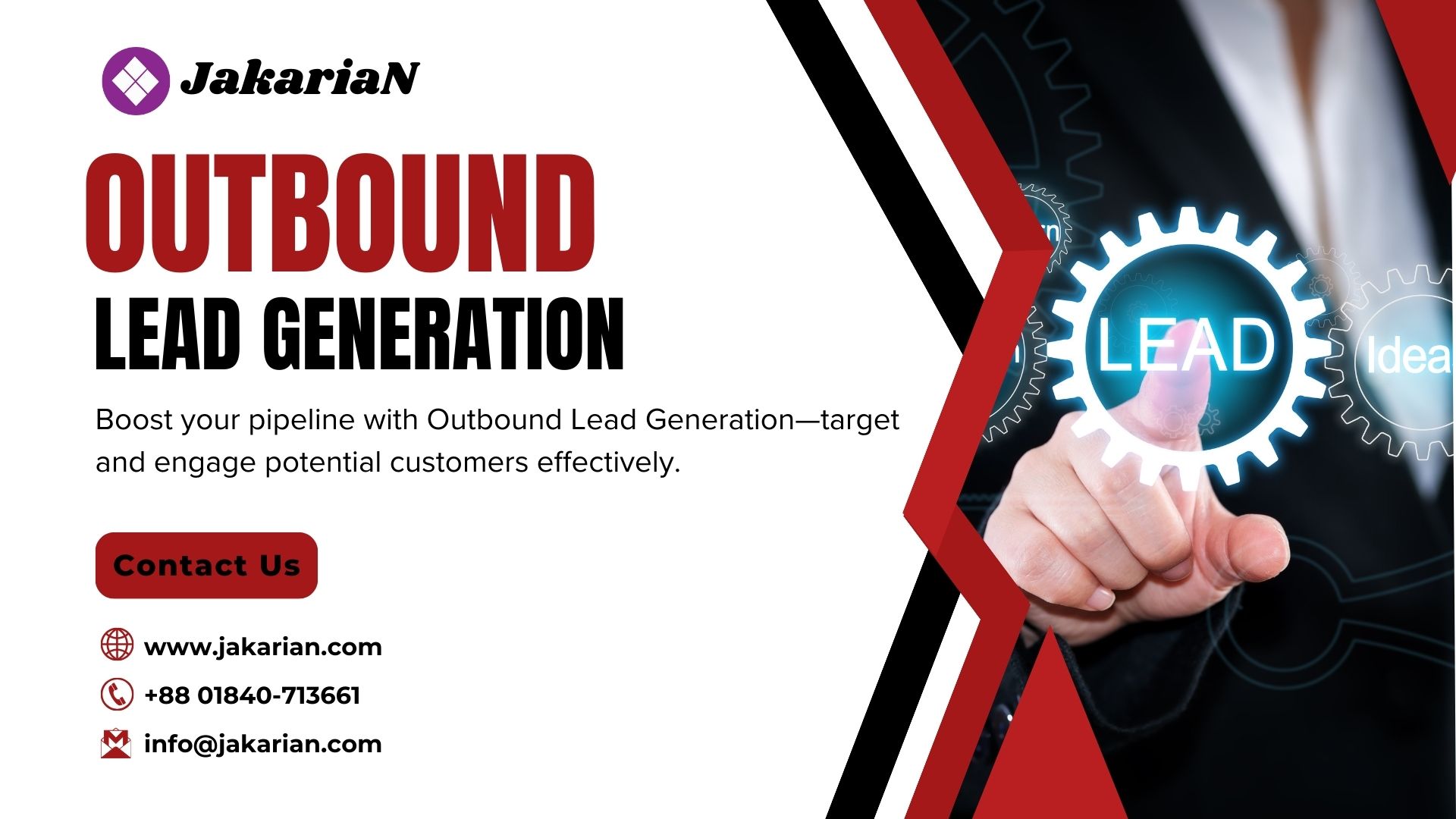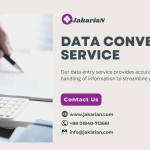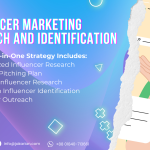Outbound Lead Generation
Outbound Lead Generation is a proactive approach to acquiring new leads by reaching out to potential customers directly, rather than waiting for them to come to you. This strategy involves initiating contact with prospects through various channels, including email, phone calls, social media, and direct mail. The goal is to identify and engage with individuals or organizations that match the target audience criteria and generate interest in the company’s products or services. Key components of Outbound Lead Generation include:
1. Target Audience Identification:
- Ideal Customer Profile (ICP): Defining the characteristics of the ideal customer, including demographics, industry, company size, job titles, and pain points. This helps in targeting the right prospects who are more likely to be interested in the offering.
- Prospect Research: Conducting research to identify potential leads that match the ICP. This involves using tools and databases to find contact information and relevant details about prospects.
2. Outreach Strategies:
- Cold Calling: Reaching out to prospects via phone to introduce the company, its products or services, and initiate a conversation. This approach requires a well-prepared pitch and the ability to handle objections effectively.
- Cold Emailing: Sending personalized and targeted emails to potential leads to generate interest and prompt a response. Effective cold emails include a compelling subject line, relevant content, and a clear call-to-action.
- Social Media Outreach: Using platforms like LinkedIn, Twitter, and Facebook to connect with and engage potential leads. This includes sending connection requests, participating in relevant discussions, and sharing valuable content.
- Direct Mail: Sending physical mailers, brochures, or promotional materials to prospects. This traditional method can be effective in capturing attention and generating interest.
3. Lead Qualification:
- Initial Screening: Evaluating leads based on their responses and engagement to determine if they meet the criteria for further follow-up. This involves assessing their interest level, needs, and fit with the company’s offerings.
- Lead Scoring: Assigning scores to leads based on their potential value and readiness to purchase. This helps in prioritizing follow-up efforts and focusing on high-quality prospects.
4. Messaging and Personalization:
- Custom Messaging: Crafting personalized and relevant messages tailored to the specific needs and interests of each prospect. Personalized outreach increases the likelihood of capturing attention and generating a positive response.
- Value Proposition: Clearly communicating the unique value proposition of the company’s products or services. This includes highlighting benefits and addressing pain points that resonate with the prospect.
5. Follow-Up and Nurturing:
- Follow-Up Communication: Implementing a follow-up strategy to maintain engagement with leads who have shown interest but have not yet converted. This may involve additional calls, emails, or messages to keep the prospect engaged.
- Lead Nurturing: Providing relevant content, resources, and offers to nurture leads through the sales funnel. This includes sharing case studies, whitepapers, and product demos to build interest and trust.
6. Data Management and Tracking:
- CRM Integration: Using Customer Relationship Management (CRM) systems to track and manage leads, interactions, and follow-up activities. This ensures organized data and effective lead management.
- Lead Tracking: Monitoring lead progress, responses, and engagement levels to assess the effectiveness of outbound strategies and make data-driven adjustments.
7. Performance Metrics and Analysis:
- Key Metrics: Measuring the success of outbound lead generation efforts through metrics such as response rates, conversion rates, cost per lead, and return on investment (ROI).
- Campaign Analysis: Analyzing the performance of outbound campaigns to identify strengths, weaknesses, and areas for improvement. This includes reviewing feedback and results to refine strategies.
8. Compliance and Best Practices:
- Regulatory Compliance: Ensuring compliance with regulations related to outbound marketing, such as data protection laws and anti-spam regulations. This includes obtaining necessary consents and respecting opt-out requests.
- Best Practices: Following best practices for effective outbound lead generation, including clear messaging, respectful outreach, and timely follow-up.
Outbound Lead Generation is a proactive method for expanding a company’s customer base by directly reaching out to potential prospects. By implementing targeted strategies, personalized messaging, and effective follow-up processes, businesses can generate high-quality leads and drive growth.
Compare Our Packages
| No | Package | Basic | Standard | Premium |
|---|---|---|---|---|
| 01 | Description | |||
| 02 | Title optimization | |||
| 03 | ||||
| 04 | ||||
| 05 | ||||
| 06 | ||||
| 05 | ||||
| 06 | ||||
| 07 | ||||
| 08 | ||||
| 09 | ||||
| 10 | ||||
| 11 | ||||
| 12 | ||||
| 13 | ||||
| 14 | ||||
| 15 | ||||
| 16 | ||||
| 17 | ||||
| 18 | ||||
| 19 | ||||
| 20 |







Leave a Reply